
Deutsch-Chinesische Enzyklopädie, 德汉百科
 *French political system
*French political system



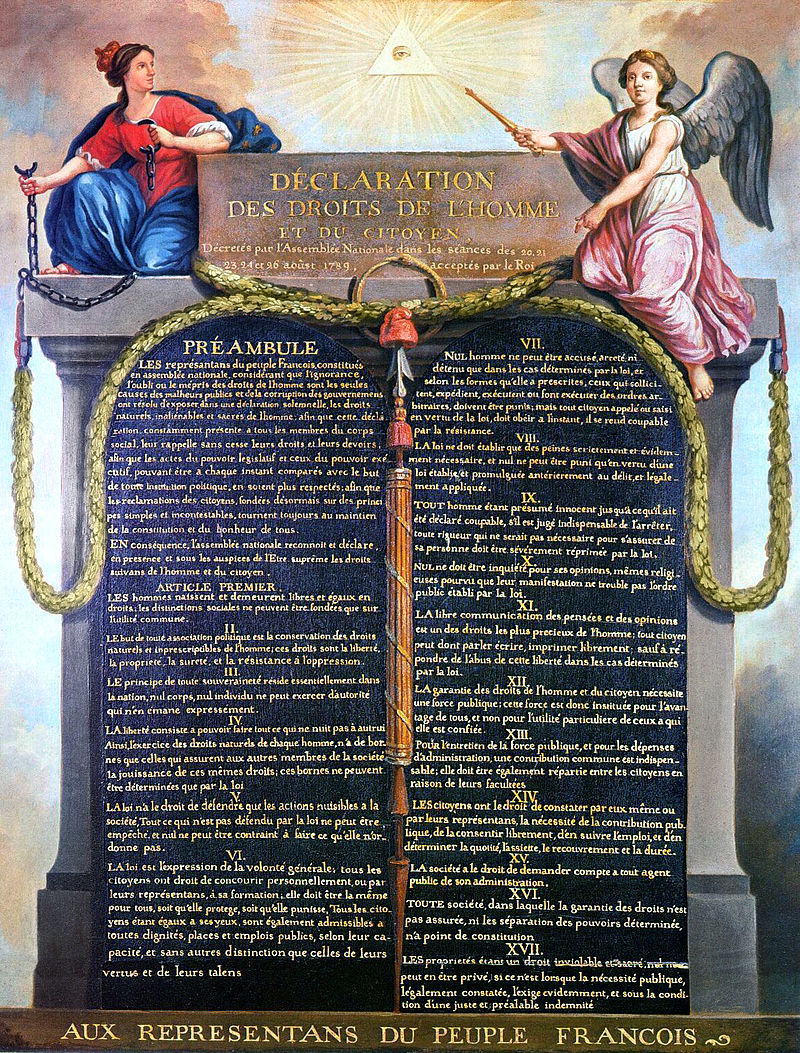
人权宣言受到美国的《独立宣言》和各州权利法案的影响,采用18世纪的启蒙学说和自然权论,宣布自由、财产、安全和反抗压迫是天赋不可剥夺的人权;肯定了言论、信仰、著作和出版自由,阐明了司法、行政、立法三权分立、法律面前人人平等、私有财产神圣不可侵犯等原则。关于人权宣言的思想渊源,学术界仍存在争论,德国学者耶利内克(Georg Jellinek)认为它抄袭北美的权利法案,而法国学者布特米(Emile Boutmy)则认为它的文本是法国原创的,观念则是18世纪精神的体现。
1793年6月24日,雅克宾派通过的新宪法前面所附的《人权宣言》又作了进一步的修改,宣布“社会的目的就是共同的幸福”,提出“主权在民”,并且表示如果政府压迫或侵犯人民的权利,人民就有反抗和起义的权利。
但是,这份宣言里保障的人权受历史发展的社会环境局限,仅仅是针对“拥有市民权的男性”(Homme=“人”=“男性”、Citoyen=“男性市民”)而言的。在当时,女性、奴隶等是不被当作完整的“人”来看待的,并无公民权。
组成国民议会之法国人代表,认为无视、遗忘或蔑视人权是公众不幸和政府腐败的唯一原因,所以决定把自然的、不可剥夺的和神圣的人权阐明于庄严的宣言之中,以便本宣言可以一直存在于社会的所有成员之前,提醒他们继续自己的权利和义务;以便立法权的决议和行政 权的决定能随时和整个政治机构的目标两相比较,从而能更加受到他们的尊重;以便公民们今后以简单而无可争辩的原则为根据的那些要求能确保宪法与全体幸福之维护。
因此,国民议会在上帝面前并在他的庇护之下确认并宣布下述的人与公民的权利:
第一条 在权利方面,人们生来是自由平等的。只有在公共利益上面才显出社会上的差别。
第二条 任何政治结合的目的都在于保存人的自然的和不可动摇的权利。这些权利就是自由、财产、安全和反抗压迫。
第三条 整个主权的本原主要是寄托于国民。任何团体、任何个人都不得行使主权所未明白授予的权力。
第四条 自由就是指有权从事一切无害于他人的行为。因此,各人的自然权利的行使,只以保证社会上其他成员能享有同样权利为限制。此等限制仅得由法律规定之。
第五条 法律仅有权禁止有害于社会的行为。凡未经法律禁止的行为即不得受到妨碍,而且任何人都不得被迫从事法律所未规定的行为。
第六条 法津是公共意志的表现。全国公民都有权亲身或经由其代表去参预法律的制定。法律对于所有的人,无论是施行保护或处罚都是一样的。在法律面前所有的公民都是平等的,故他们都能平等地按其能力担任一切官职,公共职位和职务,除德行和才能上的差别外不得 有其他差别。
第七条 除非在法律所规定的情况下并按照法律所指示的手续,不得控告、逮捕或拘留任何人。凡动议、发布、执行或令人执行专断命令者应受处罚;但根据法律而被传唤或被扣押的 公民应当立即服从;抗拒则构成犯罪。
第八条 法律只应规定确实需要和显然不可少的刑罚,而且除非根据在犯法前已经制定和公布的且系依法施行的法律以外,不得处罚任何人。
第九条 任何人在其未被宣告为犯罪以前应被推定为无罪,即使认为必须予以逮捕,但为扣留其人身所不需要的各种残酷行为都应受到法律的严厉制裁。
第十条 意见的发表只要不扰乱法律所规定的公共秩序,任何人都不得因其意见、甚至信教的意见而遭受干涉。
第十一条 自由传达思想和意见是人类最宝贵的权利之一;因此,各个公民都有言论、著述和出版的自由,但在法律所规定的情况下。应对滥用此项自由负担责任。
第十二条 人权的保障需要有武装的力量;因此,这种力量是为了全体的利益而不是为了此种力量的受任人的个人利益而设立的。
第十三条 为了武装力量的维持和行政管理的支出,公共赋税就成为必不可少的;赋税应在全体公民之间按其能力作平等的分摊。
第十四条 所有公民都有权亲身或由其代表来确定赋税的必要性,自由地加以认可注意其用途,决定税额、税率、客体、征收方式和时期。
第十五条 社会有权要求机关公务人员报告其工作。
第十六条 凡权利无保障和分权未确立的社会,就没有宪法。
第十七条 财产是神圣不可侵犯的权利,除非当合法认定的公共需要所显然必需时,且在公平而预先赔偿的条件下,任何人的财产不得受到剥夺。
Am 26. August 1789 verkündete die französische Nationalversammlung die Erklärung der Menschen- und Bürgerrechte (Déclaration des Droits de l’Homme et du Citoyen). Dies ist einer der Grundlagentexte, mit denen die Demokratie und Freiheit in Frankreich begründet wurden.
人間と市民の権利の宣言(にんげんとしみんのけんりのせんげん、仏: Déclaration des Droits de l'Homme et du Citoyen)は、人間の自由と平等、人民主権、言論の自由、三権分立、所有権の神聖など17条からなるフランス革命の基本原則を記したものである。単に人権宣言(じんけんせんげん)とも呼ばれ、通常は世界人権宣言などの他の人権宣言と区別するためにフランス人権宣言と呼ばれる。
憲法制定への第一段階として、1789年8月26日に憲法制定国民議会によって採択された。
The Declaration of the Rights of Man and of the Citizen (French: Déclaration des droits de l'homme et du citoyen de 1789), set by France's National Constituent Assembly in 1789, is a human civil rights document from the French Revolution.[1]
The Declaration was drafted by the Abbé Sieyès and the Marquis de Lafayette, in consultation with Thomas Jefferson.[2] Influenced by the doctrine of "natural right", the rights of man are held to be universal: valid at all times and in every place, pertaining to human nature itself. It became the basis for a nation of free individuals protected equally by the law. It is included in the beginning of the constitutions of both the Fourth French Republic (1946) and Fifth Republic (1958) and is still current. Inspired by the Enlightenment philosophers, the Declaration was a core statement of the values of the French Revolution and had a major impact on the development of freedom and democracy in Europe and worldwide.[3]
The Declaration, together with Magna Carta, the English Bill of Rights, the United States Declaration of Independence and the United States Bill of Rights, inspired in large part the 1948 United Nations Universal Declaration of Human Rights.[4]
La Déclaration des droits de l'homme et du citoyenN 1 (parfois abrégée en DDHC) de 1789 est un texte fondamental de la Révolution française, qui énonce un ensemble de droits naturels individuels et les conditions de leur mise en œuvre. Ses derniers articles sont adoptés le 26 août 1789A 1.
La Déclaration est un des trois textes visés par le préambule de la Constitution française du 4 octobre 1958. Sa valeur constitutionnelle est reconnue par le Conseil constitutionnel depuis 19719. Ses dispositions font donc partie du droit positif français, et se placent au plus haut niveau de la hiérarchie des normes en France.
La Dichiarazione dei Diritti dell'Uomo e del Cittadino del 1789 (Déclaration des Droits de l'Homme et du Citoyen) è un testo giuridico elaborato nel corso della Rivoluzione francese, contenente una solenne elencazione di diritti fondamentali dell'individuo e del cittadino.
È stata emanata il mercoledì 26 agosto del 1789, basandosi sulla Dichiarazione d'indipendenza americana. Tale documento ha ispirato numerose carte costituzionali e il suo contenuto ha rappresentato uno dei più alti riconoscimenti della libertà e dignità umana.
La sua proclamazione ha dato origine alla definizione della Francia come "Patria dei diritti dell'Uomo".
La Declaración de los derechos del hombre y del ciudadano aprobada por la Asamblea Nacional Constituyente francesa el 26 de agosto de 1789, es uno de los documentos fundamentales de la Revolución francesa (1789-1799) en cuanto a definir los derechos personales y los de la comunidad, además de los universales. Influenciada por la doctrina de los derechos naturales, los derechos del hombre se entienden como universales.
Aun cuando establece los derechos fundamentales de los ciudadanos franceses y de todos los hombres sin excepción, no se refiere a la condición de las mujeres o la esclavitud, aunque esta última seria abolida por la Convención Nacional el 4 de febrero de 1794. Sin embargo es considerado un documento precursor de los derechos humanos a nivel nacional e internacional. No fue hasta que Olympe de Gouges, en 1791, proclamó la Declaración de los Derechos de la Mujer y la Ciudadana que las mujeres entraron en la historia de los derechos humanos.
La Declaración fue el prefacio a la Constitución de 1791. La primera traducción americana completa de sus 17 artículos al español es obra de Antonio Nariño, publicada en Bogotá en 1793.
Una segunda versión ampliada, conocida como Declaración de los Derechos del Hombre de 1793 fue aprobada posteriormente e incorporada a la Constitución francesa de 1793, ambas de muy breve aplicación. Seguida de la Declaración de los Derechos y Deberes del Hombre y del Ciudadano de 1795 en la Constitución de 1795 que establece el Directorio.
En el derecho constitucional francés, la Declaración de 1789 es parte de la Constitución francesa de 1946, que agrega los derechos sociales en su preámbulo, y de la Constitución francesa de 1958 que conserva el preámbulo de la Constitución de 1946.
Деклара́ция прав челове́ка и граждани́на (фр. Déclaration des Droits de l'Homme et du Citoyen) — важнейший документ Великой французской революции, определяющий индивидуальные права человека. Декларация была принята Национальным учредительным собранием (фр. Assemblée nationale constituante) 26 августа 1789 года. В основу идей Декларации прав человека и гражданина положена концепция равноправия и свободы, принадлежащей каждому от рождения. Естественными правами человека и гражданина объявлялись свобода личности, свобода слова, свобода убеждений, право на сопротивление угнетению.
Декларация до сих пор лежит в фундаменте французского конституционного права. Она подтверждена французской конституцией 4 октября 1958 г. 16 июля 1971 года Конституционный совет Франции признал Декларацию юридически обязательным документом, нарушение которого приравнивается к неконституционности.
В 2003 году ЮНЕСКО включила декларацию в реестр «Память мира»[2].

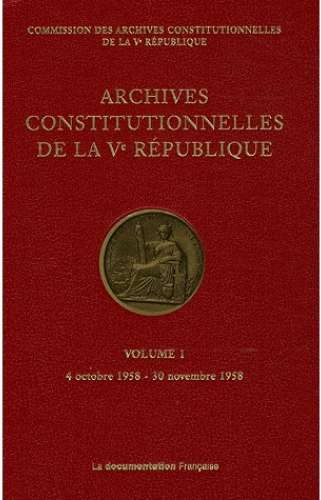

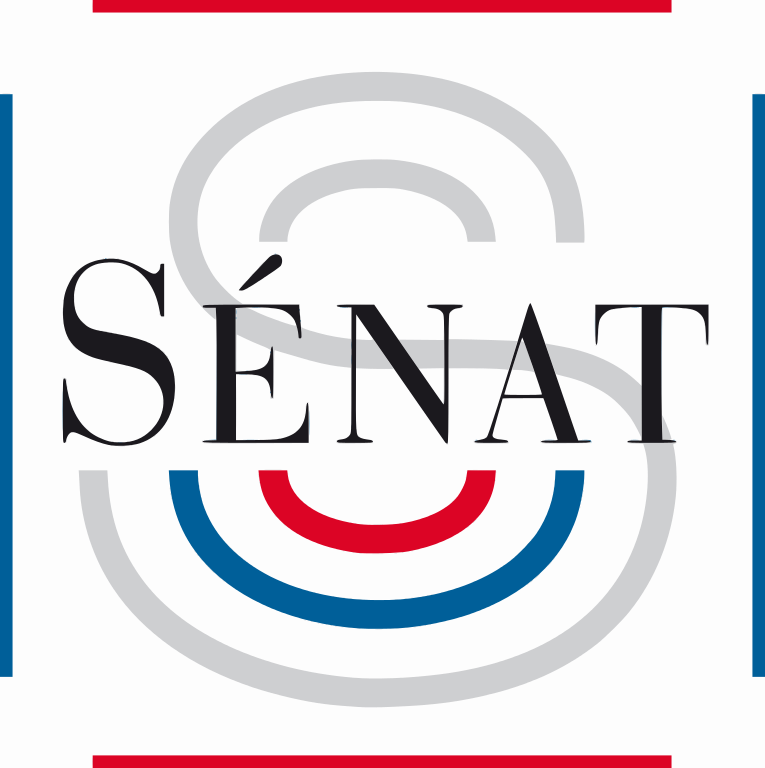
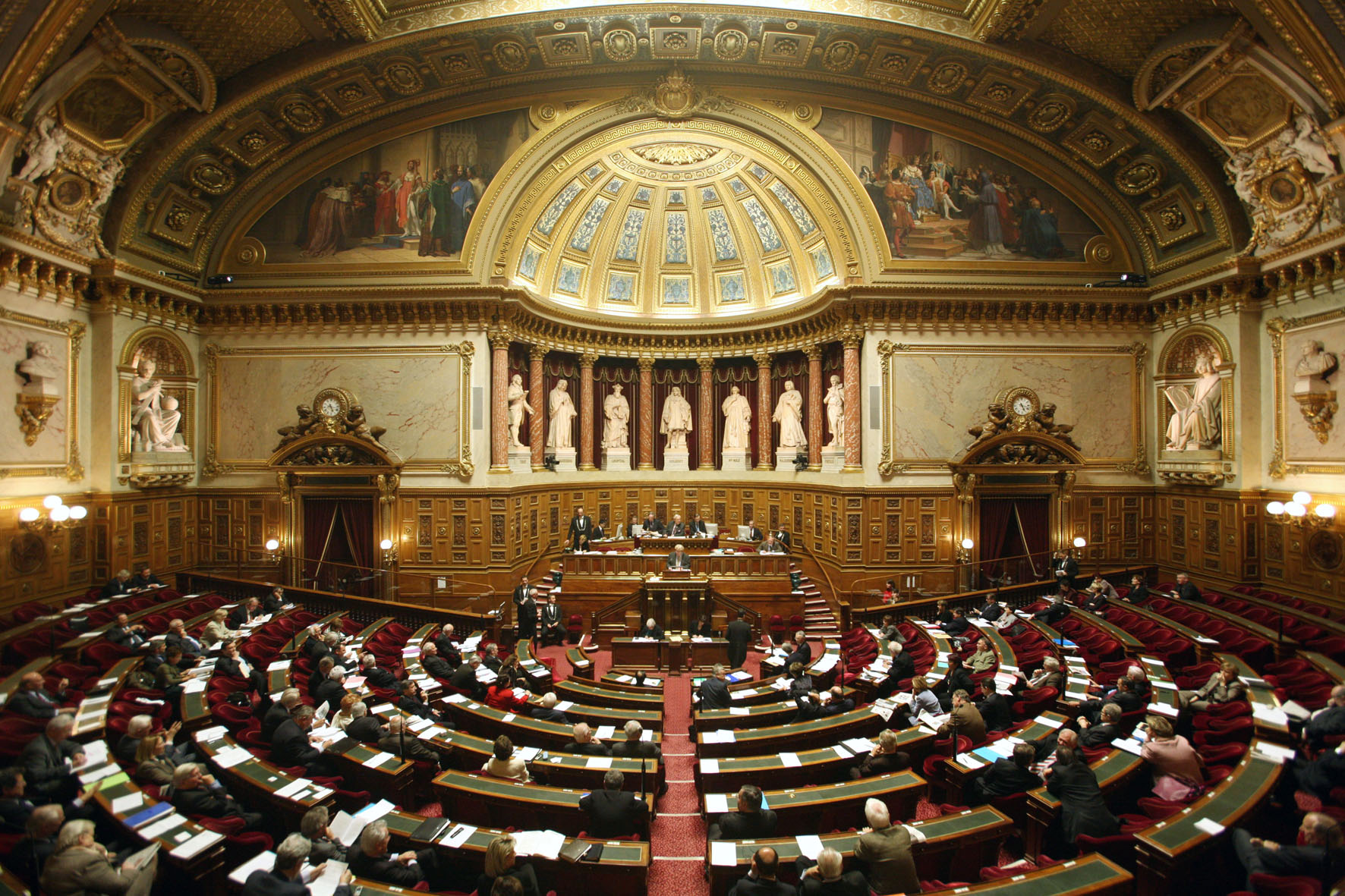




 *French political system
*French political system
 *Think tanks in France
*Think tanks in France

 Colleges and Universities in Europe
Colleges and Universities in Europe

 European Union
European Union

 Financial
Financial
 *France economic data
*France economic data

 Ile-de-France
Ile-de-France

 Party and government
Party and government
 *Think Tank
*Think Tank
 Universities in France
Universities in France

 Economy and trade
Economy and trade
 Economic and political research
Economic and political research

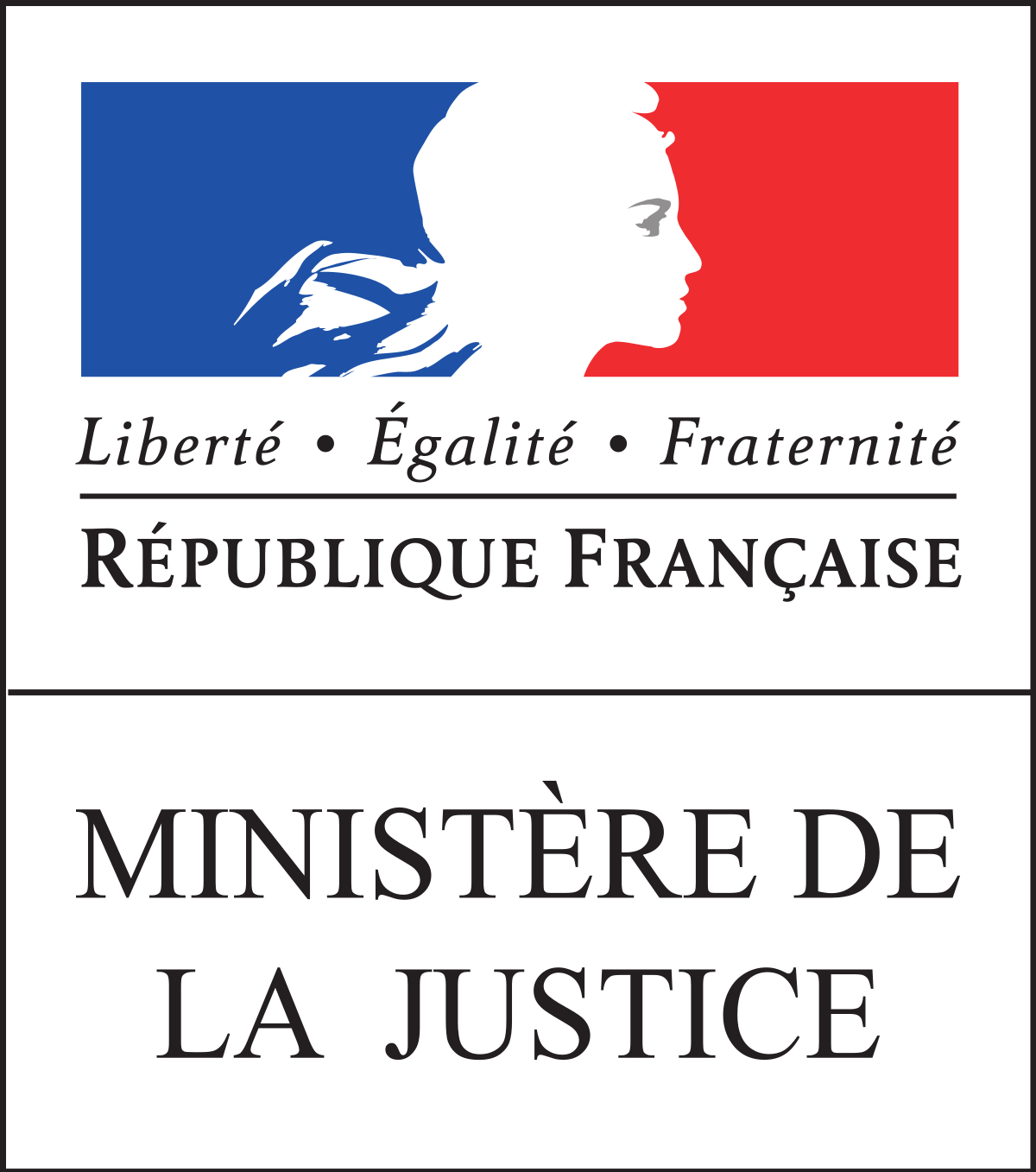

 IT-Times
IT-Times
 Architecture
Architecture
 History
History
 Review
Review